Cuban Missile Crisis was a famous event during the Cold War between the United States and the Soviet Union. Caused due to the placement of nuclear missiles in Cuba by the Soviet Union, it was the closest the Cold War came to escalating into a full scale nuclear war. Know more about this 13 day tense drama as well as its causes and consequences through these 10 interesting facts.
#1 BAY OF PIGS INVASION WAS A MAJOR CAUSE OF THE CUBAN MISSILE CRISIS
A military invasion of Cuba by a CIA sponsored group took place in April 1961. Known as the Bay of Pigs Invasion after a bay in southern Cuba, it was thwarted by the Cuban armed forces in three days. The failure of Bay of Pigs Invasion strengthened the position of Cuban PM Fidel Castro and was an embarrassment for the US government led by John F. Kennedy. It also strengthened Cuba’s ties with the Soviet Union and made Castro fear that a US invasion of Cuba was on the cards. US imposed embargo and continued covert operations against Castro’s government. All this contributed to the Cuban Missile Crisis.
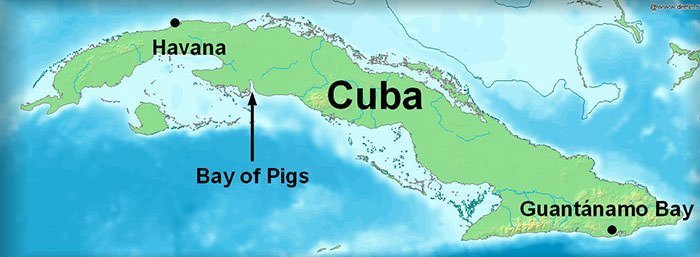
#2 THE OPERATION TO PLACE NUCLEAR MISSILES IN CUBA WAS CODE NAMED OPERATION ANADYR
The two major superpowers at the time US and the Soviet Union were involved in a long conflict to dominate world affairs, which is well known as the Cold War. By 1962 there was presence of American nuclear missiles in Italy and Turkey against the Soviet Union with their capital Moscow within range. Expecting an invasion of Cuba which if successful would be a blow to the communist cause, Soviet leader Nikita Khrushchev and Fidel Castro agreed to place nuclear missiles secretly in Cuba. The Soviet code name for the operation was Operation Anadyr.
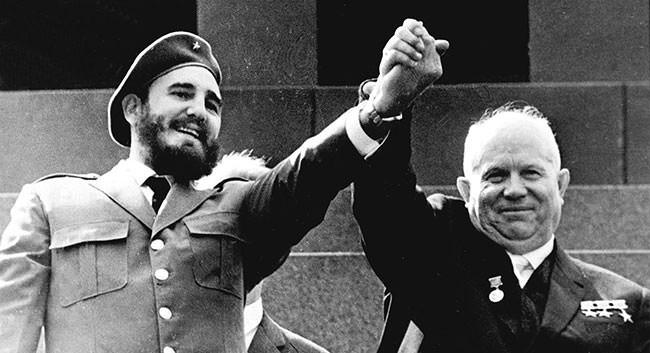
#3 SOVIET UNION USED THE STRATEGY OF MASKIROVKA FOR THE OPERATION
The Soviets employed the strategy of Maskirovka (Russian term for denial and deception) for Operation Anadyr. Like the name of the operation Anadyr was a river and town in the chilly far-east; soldiers were told that they were heading for a cold region and provided with winter equipment like ski boots; and KGB providing partially correct information to Cuban exile organizations which they knew American intelligence didn’t trust and hence would discount their warning as blatant lies. Apart from the weapons, Soviets were able to transfer 40,000 troops to Cuba. Even after the discovery of the nature of the operation by US, CIA’s estimate of the number of troops was 6,000 to 8,000.

#4 US GAINED CLEAR EVIDENCE OF THE MISSILES THROUGH PHOTOGRAPHS TAKEN FROM A U-2
Lockheed U-2 was a US intelligence gathering aircraft. Worried that Cuba would shoot down a CIA operated U-2 leading to another international event, US restricted U-2 flights over Cuban airspace for five weeks starting in September 1962. It was on October 14 that a U-2 flight piloted by Major Richard S. Heyser took photographs while making a high altitude pass over Cuba. The photos showed clear evidence of medium-range and intermediate-range ballistic missile facilities.
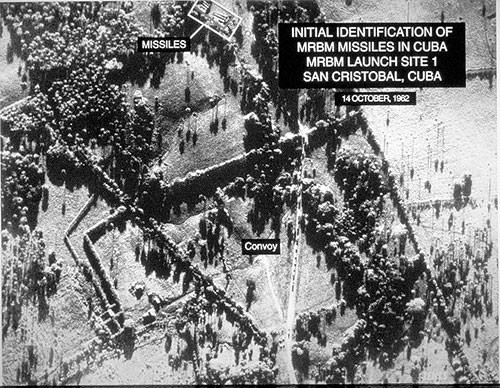
#5 EXCOMM WAS CREATED BY KENNEDY TO DEAL WITH It
Upon being informed about the Crisis on October 16, US President John Kennedy convened a meeting of key advisers to discuss the course of action. He formally named the group Executive Committee of the National Security Council (EXCOMM). EXCOMM considered various options including full force invasion of Cuba, an air strike primarily on the missile bases and naval blockade to prevent further missiles from entering Cuba. By October 19, the blockade option was favored by most. It was considered a strong but limited military action which was unlikely to provoke a Soviet attack.
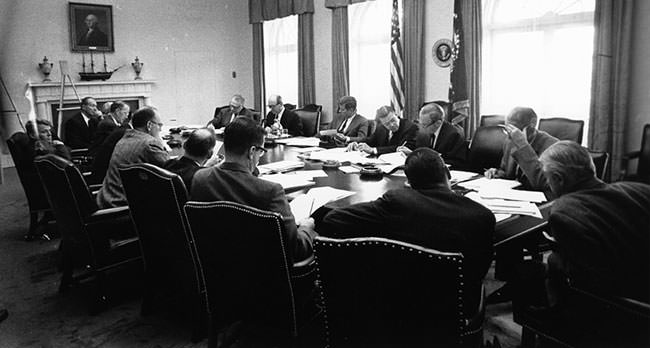
#6 US WAS PREPARING AN INVASION OF CUBA JUST BEFORE THE CRISIS WAS RESOLVED
On the evening of October 22, President Kennedy informed the nation of the discovery of the nuclear missiles in Cuba and the US response of a naval blockade around Cuba in a nationwide televised address. On October 24, a crucial moment in the crisis arrived when Soviet ships neared the blockade but military confrontation was avoided. With the Soviet Union showing no inclination to back down, by October 26, US was in the early stages of preparing an invasion of Cuba and a nuclear strike on the Soviet Union presuming they would retaliate militarily to the Cuban invasion.
#7 BOTH SIDES COMPROMISED TO END IT ON OCTOBER 28, 1962
After a period of tense negotiations started by a message from Khrushchev to Kennedy on October 26, the Cuban Missile Crisis came to an end on October 28. Soviet Union agreed to dismantle the weapons in Cuba and bring them back while the United States agreed that they would not invade Cuba without provocation and will publicly declare so. Secretly it was agreed that US would dismantle and remove their nuclear missiles from Turkey and Italy but will not declare this to the public.
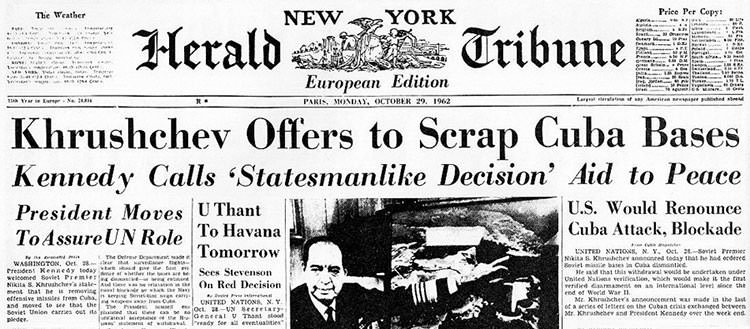
#8 NUCLEAR WAR COULD HAVE BROKEN OUT
On 27 October, 12 US Navy warships located the Soviet submarine B-59 near Cuba. They started to drop explosives to force the submarine to come to the surface for identification not knowing that it was armed with a nuclear-tipped torpedo. B-59 had not been in contact with Moscow for several days and the crew didn’t know if war had broken out or not. The captain was adamant on launching the torpedo but such an action required the consent of the three primary officers on board. Officer Vasili Arkhipov alone opposed the launch and B-59 was forced to surface. The launch of that torpedo could have possibly started nuclear warfare between the two nations. In 2002, Thomas Blanton, Director of the National Security Archive, said that “a guy called Vasili Arkhipov saved the world”.
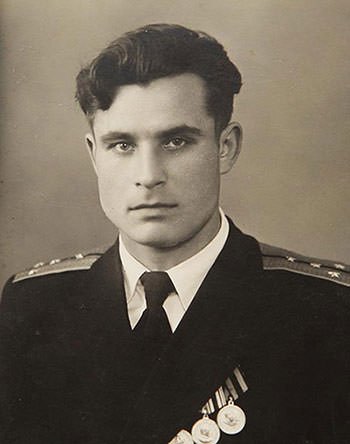
#9 IT LED TO THE DOWNFALL OF NIKITA KHRUSHCHEV
As the withdrawal of US missiles from Turkey and Italy was a secret deal, Soviets were seen as retreating from a situation they had initiated. This led to criticism of Khrushchev and was in part responsible for his fall from power two years later. Although Cuba was protected from invasion, Castro was upset from Khrushchev as he hadn’t been consulted before the decision to remove the missiles. This led to deterioration in Cuba-Soviet relations. Cuban Missile Crisis also led to the creation of Moscow–Washington hotline in 1963. It was a direct communication link between the two countries to prevent future crisis. A series of agreements after the crisis reduced US-Soviet tensions for a few years.
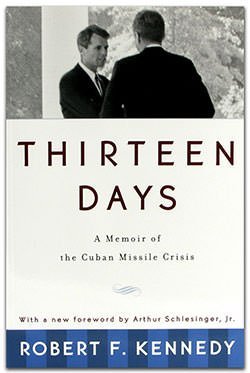
#10 CUBAN MISSILE CRISIS LASTED FOR 13 DAYS
The Cuban Missile Crisis lasted for thirteen days from the time John Kennedy became aware of the situation to the announcement by Nikita Khrushchev on Radio Moscow that the missiles would be dismantled. Robert F. Kennedy, brother of President Kennedy, wrote the famous book Thirteen Days giving an account of the crisis. It was later adapted into a 2000 film of the same name. The Cuban Missile Crisis was the closest the Cold War came to escalating into a full scale nuclear war. It remained the primary focus in media during its course with the world tensed over its outcome.

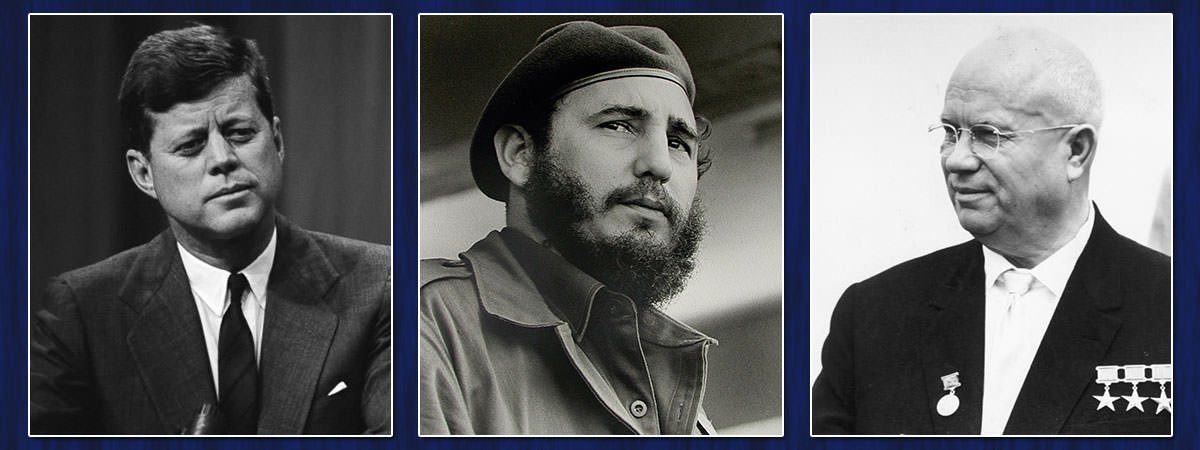
#10 THE CUBAN MISSILE CRISIS LASTED FOR 13 DAYS…Not correct …The agreement was made then the work began…Inspecting and counting the Soviet freighters that carried the missiles and verifying by Helicopter , Destroyers , Aircraft from Carriers… The verification lasted about 2 months until January 1963..I dont have the exact dates …..There were confrontations with the Freighter captains some refused to uncover the missiles communications with Washington on what to do.. My ship escorted 2frighters and inspected for missiles……I dont know how many were intercepted and inspected.YHis was done after the 28th of October…
I’ve landed here after just watching ‘The Courier’, a film about true events and real people during the Cuban Missile Crisis.
People, this film is amazing–if Benedict Cumberbatch’s face in this film can’t make you want to learn more about this period, nothing can! His performance in the film truly is remarkable, and what’s so amazing is that Greville Wynn was just an ordinary guy who made an extraordinary difference, and so did his friend who was from the Soviet Union who gave his life. It’s really something; I cried. Films like this should be shown in history classes.
I wasn’t taught this stuff in school. It’s fascinating (and scary) stuff. Thank you, Learnodo for sharing this!
Thanks for your comment.